Slow Traveler, and the art of traveling slowly
The term slow travel stands for one trend, which more and more travelers are following when planning their vacation. Gone for them are the days when they go through the highlights of a country, tick them off on their to-do list and then tell them at home that they “know” a country. Germany in three days, America in two weeks or the whole world in three months – something like that leaves you with a stale feeling, a feeling of dissatisfaction, the knowledge that you have missed something. We are asked the question “What is Slow Travel?” again and again on our travels. Here you will find the answer to that.
Well, you saw places that you know at home from numerous photos, from endless television documentaries, from travel guides or from stories from acquaintances who travel a lot. Somehow, however, the question of what lies behind the facade always remains. Is there something else to discover around the next corner? What is she doing? People at whom one meets? What is slow travel? We hear this again and again. This is a question that many are asking more and more often. Traveling slowly helps. The nice thing is that the same time sustainable travel at a hunt.
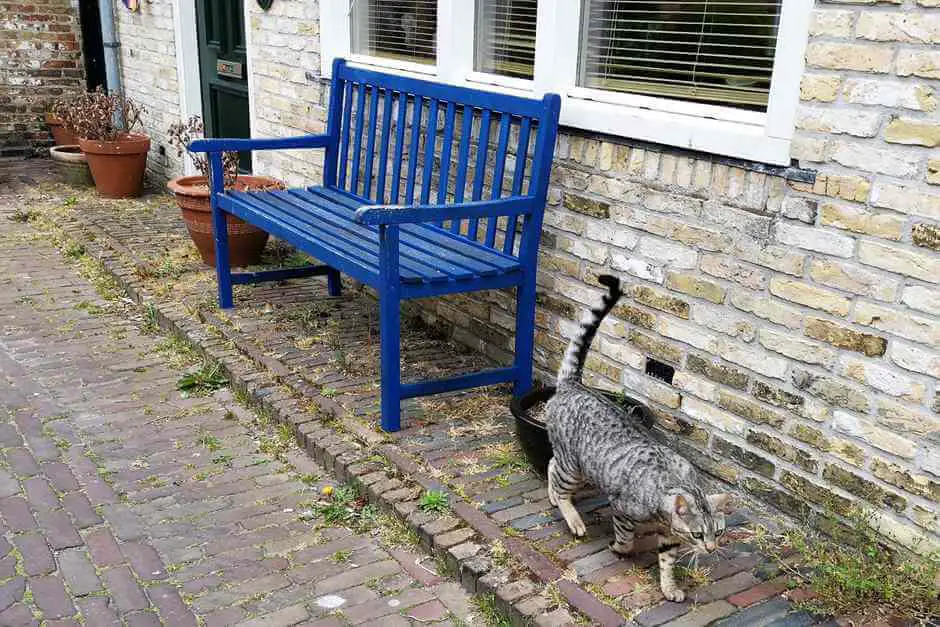
What is slow travel?
We hear the question “What is Slow Travel?” again and again on our travels. One returns to the “Grand Tour”, to journeys made for the sake of discovery. Travel for the sake of traveling – not for the sake of arriving. Traveling slowly is in. We want to experience our travel destinations. On the one hand we want to get to know the regional way of life and on the other hand we want to meet the locals. Traveling in the sense of “slow travel” also means immersing yourself in a foreign culture. It is the intensive interaction with people we meet along the way, as well as the close contact with a way of life that was previously foreign to us.
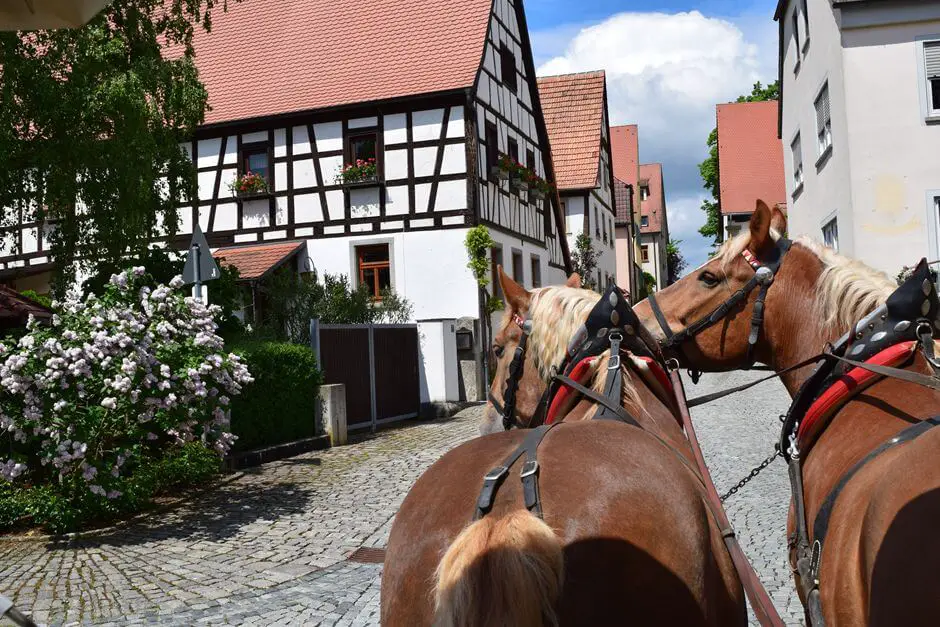
Slow Travel means opening yourself up to other ways of life
Embarking on a region requires openness and tolerance, curiosity and sometimes courage to try something new. At the same time, the art of slow travel also provides an incredibly satisfying travel experience that opens our eyes to slow travelers for things, places, and ways of life that were previously hidden from us. As a slow traveler, you take the time to question things, to explore places, to live with the locals.
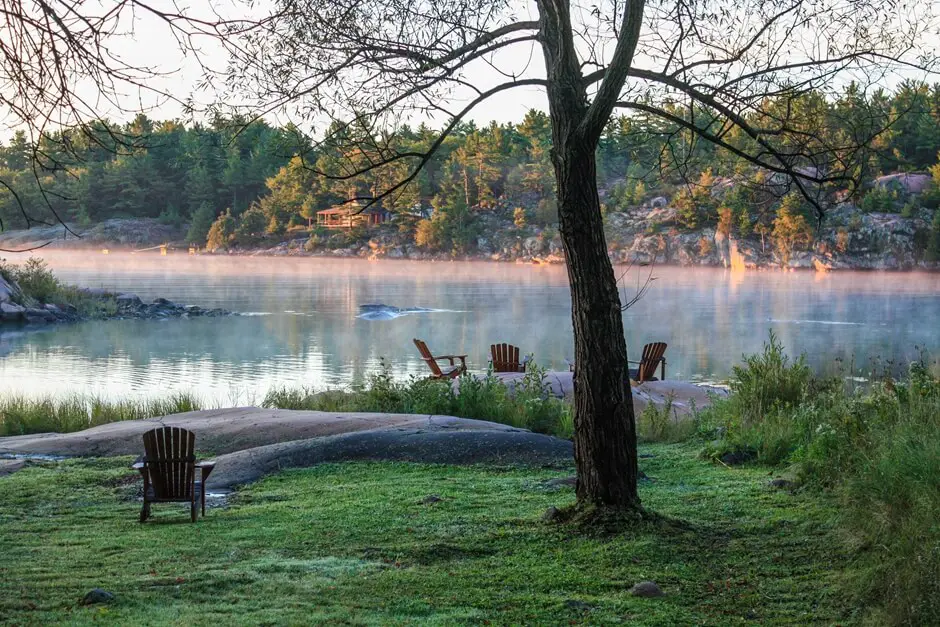
What is the art of traveling slowly?
Of course time is an important factor. You need time to experience a region intensively. This sentence alone actually contains everything that defines slow travel: giving yourself enough opportunity to experience a regional location while traveling. In our hectic everyday lives, this is something we are missing. What we are looking for. What we only find with difficulty. We fly from point A to B. We no longer experience the distance. Don't learn about the different cultures and ways of life we miss. What makes a country, a region. In slow travel, the reason for traveling is not the destination, but rather the journey, the up-close and intensive experience of being on the move. That's what slow travel is all about. There are so many ways you can experience the art of traveling slowly. We tried some of them ourselves:
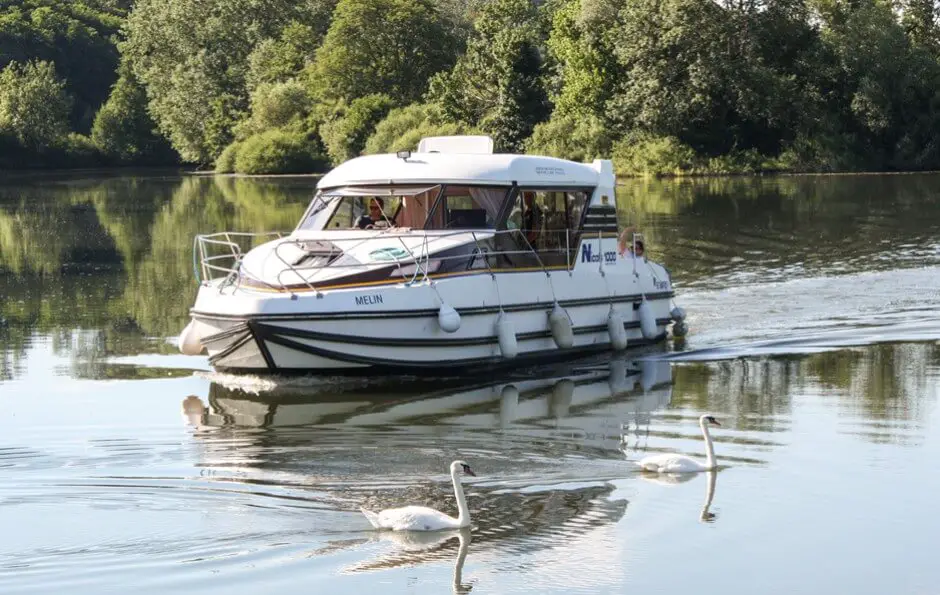
-
Slow movement
We have been slow traveling on ours over the last few years Houseboat Travel experienced. For a week we take our time to float on the river without a fixed program. Suddenly you can hear the birds singing in the bushes along the riverbank. We feel the sun on our skin. We see the angler patiently waiting for a fish to bite. The humming of the bees lulls us into a state of rest, allowing us to experience a relaxation that we no longer know in everyday life.
In conversation with the lockkeepers, we learn what life is like on the river. In a small village café we get the recipe of the quiche, which tastes so good for lunch. And the village pastor waved us friendly on our midday stroll through the sleepy village. If we feel like it, we'll dock on the shore, take a dip in the river, or spend a few hours with a good book and a glass of wine on the deck of our boat.
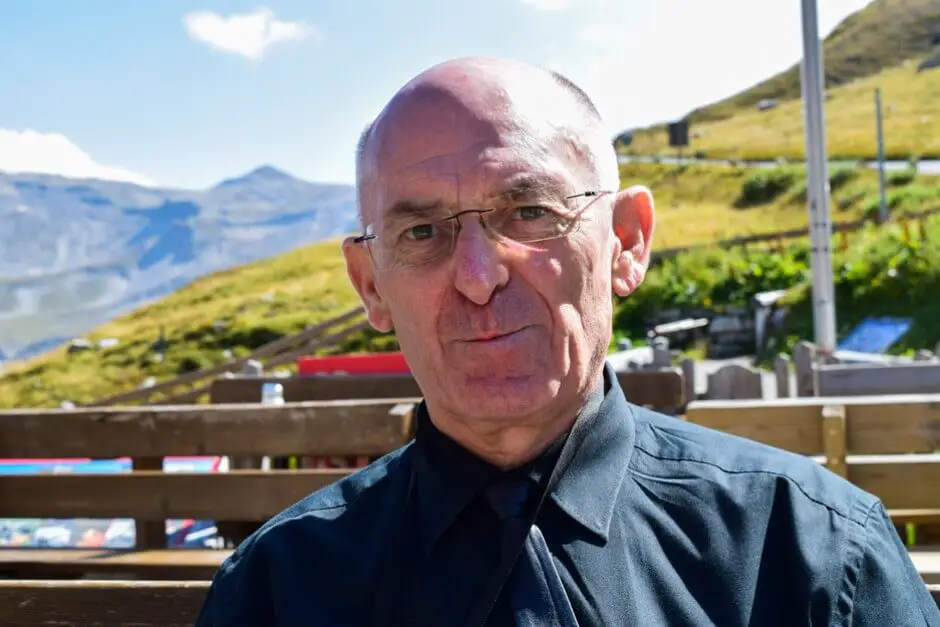
-
Slow Travel by car
Slow Travel is also possible by car - if you take your time. We were last year on the Grossglockner High Alpine Road on the way, one of the most beautiful pass roads through the Austrian Alps. It is a good forty kilometers long, actually a stone's throw. We took a whole day to do this: just sat on the grass and watched a waterfall fall into the valley. Enjoyed a snack on the terrace of a mountain hut with a wonderful view of the surrounding mountains - away from the hustle and bustle of the large restaurants where the bus groups wait for their food. Watched cows eating grass in the mountain pasture. And observed mountain flowers in the autumn wind.
All this on a panoramic road known for its scenic beauty, which attracts thousands of visitors every day. Our Slow Travel Tour was guaranteed to be a different and more intense experience than that of the organized bus tourists.
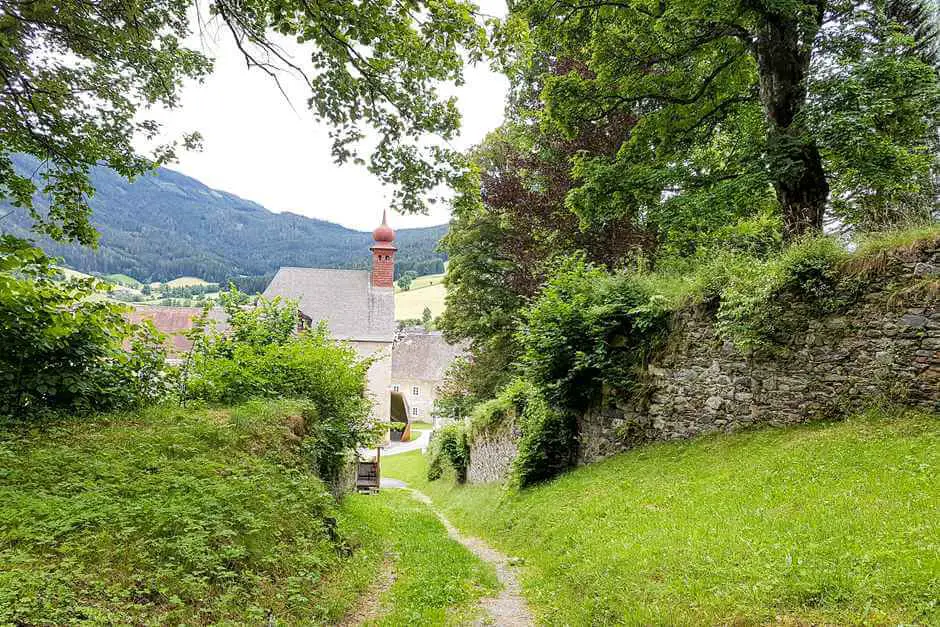
-
Travel slowly on foot
We experienced the experience of slow travel particularly intensively on a hike with alpacas in Neanderland. It wasn't us who set the pace there, but rather the animals. However, they were more interested in the fresh green grass on the side of the path than in a long and strenuous trekking tour. They gave us a particularly impressive experience of the beautiful nature in Neanderland. Hiking is definitely a good alternative for slow travel. So just that backpack pack and let's go.
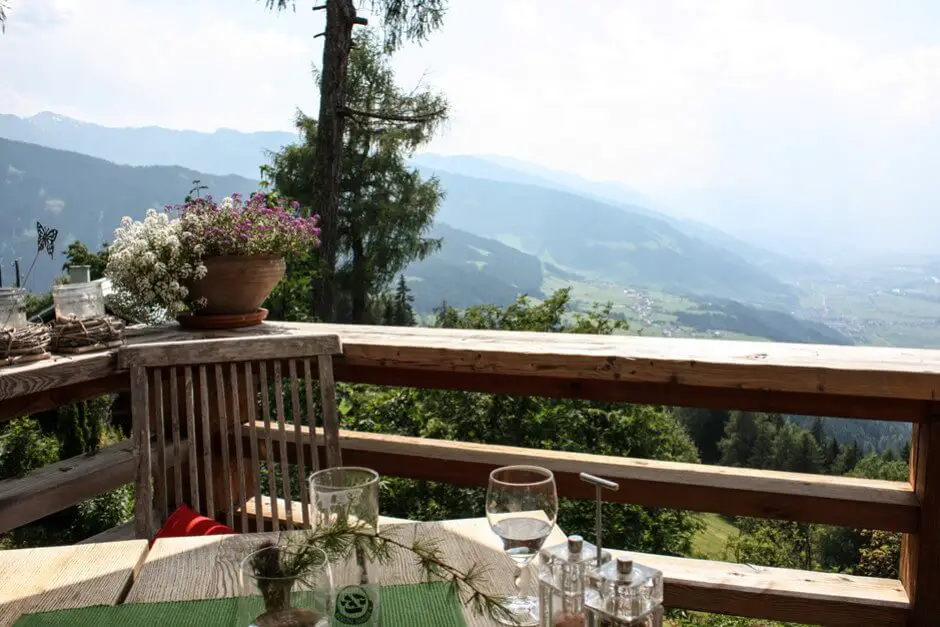
-
Observe
Sometimes we drive our Slow Travel experiences to excess: when we take the time to observe the around-us. There are very special places for this: a restaurant that offers us the opportunity to observe passers-by in their everyday life undisturbed while sipping our coffee on the terrace. The balcony of a mountain hut, from which we to follow a thunderstorm on its way through the Inn Valley. Sitting on a bench in the park and listening to the bees buzzing around the spring flowers. Very few of these experiences can be planned. You experience them unexpectedly, unexpectedly. However, you only experience them if you have enough time for them. Also observe animals fits with that.
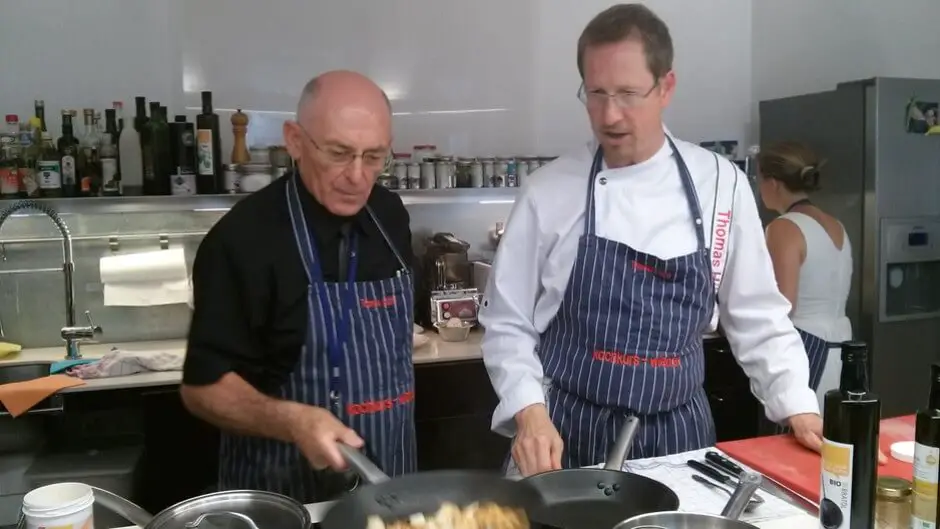
-
Join us
Traveling slowly also means making time for the people you meet along the way and spending time with them. This can happen spontaneously during a conversation that arises in a café or on the train. However, there are also opportunities that allow you to work with them and do things that are part of their everyday life: help a winemaker with the grape harvest; watch a potter and learn how to make his wares; by a star chef to be introduced to the art of gourmet cooking; from a jewelry producer to learn the art of shell grinding. Manufacturing too more swedish Candy canes go with it. These are all experiences that we made on our travels around the world and that make us return home with the feeling that we have got to know our travel destination better. Trips to Savor is also included.
What does slow travel mean for us?
Slow Travel means for us to devote our time to a country and its people, to deal intensively with them, to get to know their peculiarities, their way of life, their character. To open ourselves to new experiences.
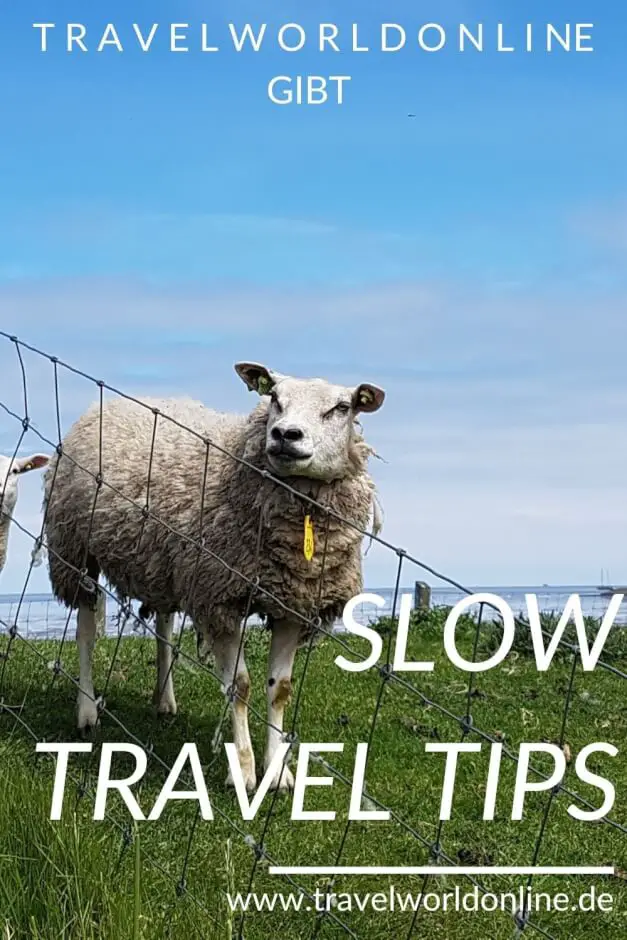
Do you know this?
- Slow Travel Blog
- Art and culture travel
- Slow Travel in Schleswig-Holstein - an interview with Elke Weiler
- Canada travel tips for connoisseurs
Source: own experiences with traveling slowly
Text: © Copyright Monika Fuchs and TravelWorldOnline
Photos: © Copyright Monika Fuchs and TravelWorldOnline
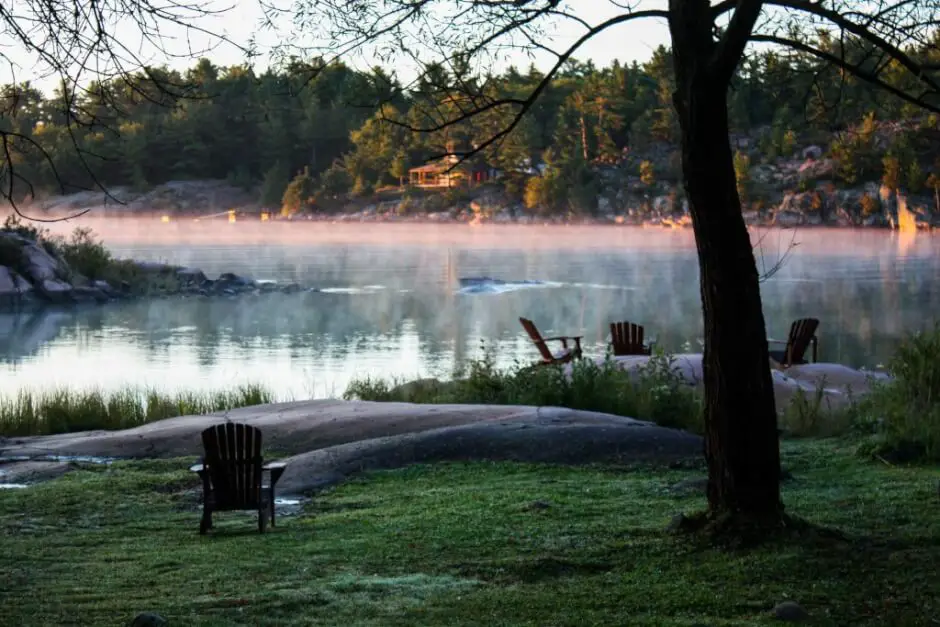
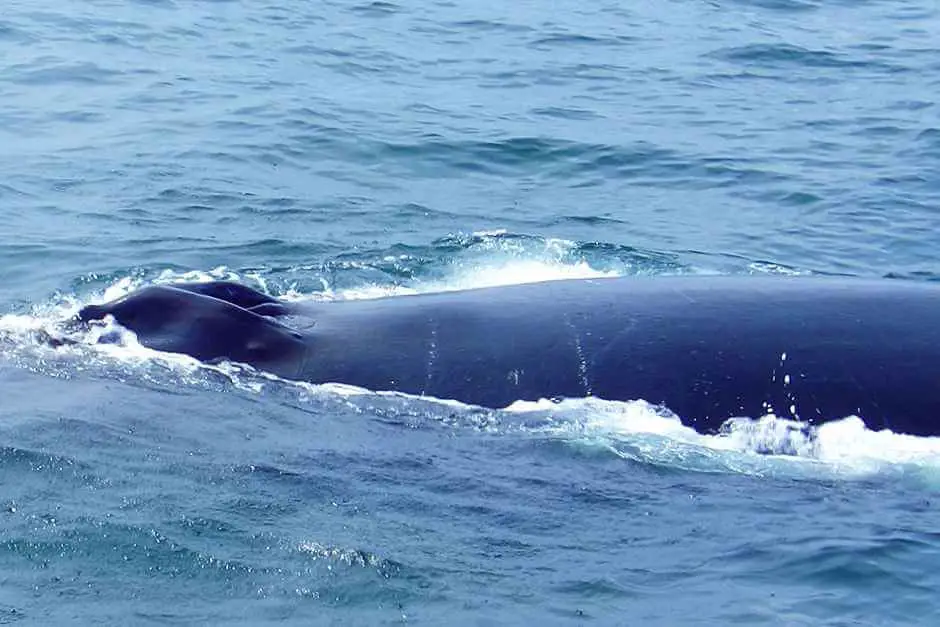

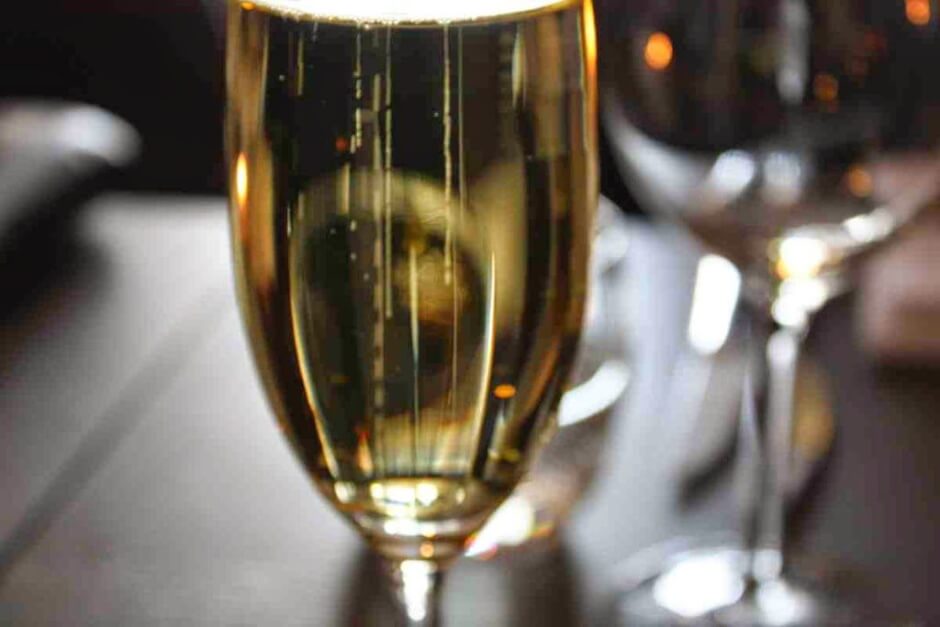
Nice thoughts on Slow Travel! Exploring an area with a houseboat sounds great. Could imagine that this could also be fun for kids.
Hello Sabine,
I think it's fun for kids, especially if you take your time on the road and always put on a marina or on the river bank to hike or cycle. So a houseboat tour is certainly interesting for children.
Best regards,
Monika
Nice examples of slow travel! The houseboat is still on my list. And with road trips I sometimes have to force myself to slow down. Therefore, I prefer to use public transport in far-away countries.
Especially with large and sprawling countries, it is often difficult for us to travel slowly - simply because the distances are too large. But we plan from the outset more time at each location, then we still have the opportunity to look around in the area something.
Such a houseboat trip would also suit me. And the hike with the alpacas too!
What we also like is renting a bike and not having to drive in a tourist group by bus to the nearest attraction, but to discover the track itself, at your own pace. Then the way becomes the destination and not the destination.
LG
Shaoshi
Hello Shaoshi,
A Hausboottour we can highly recommend. We've done two in the last few years and are thrilled: just drifting, enjoying time, peace and slowness - that's just great. Hiking and biking are usually not our cup of tea, but we liked the hike with alpacas because it forced us to stop every now and then when the animals wanted to eat. This often happened and gave us the opportunity to enjoy the scenery. Slow Travel at its best :).
Best regards,
Monika and Petar
I also like Slow Travel. Surprisingly, in addition to our individual travels, I was also able to experience guided active trips in a small group, eg when the chef of the house left us the kitchen on a rainy day and we were able to bake cakes according to Norwegian and Swedish recipes.
We have planned the Großglockner High Alpine Pass in May and will also take our time on the 40km;)
Best regards,
Melly
Dear Melly,
Bake cake after Swedish and Norwegian recipes, I imagine beautiful. We often collect recipes from the road and cook the home again in memory of beautiful travel :).
I'm looking forward to your report on the Grossglocker High Alpine Road.
Best regards,
Monika
So nice ideas, thanks for the great tips! Some of it can be done smoothly at home: sitting on the park bench, talking to strangers, walking ... well, alpacas are not here at hand. ;-)
Only: it's more fun on the go, Petrina :) And at home I never take the time to do it. We usually have other things to do. What a pity! You should do that much more often.